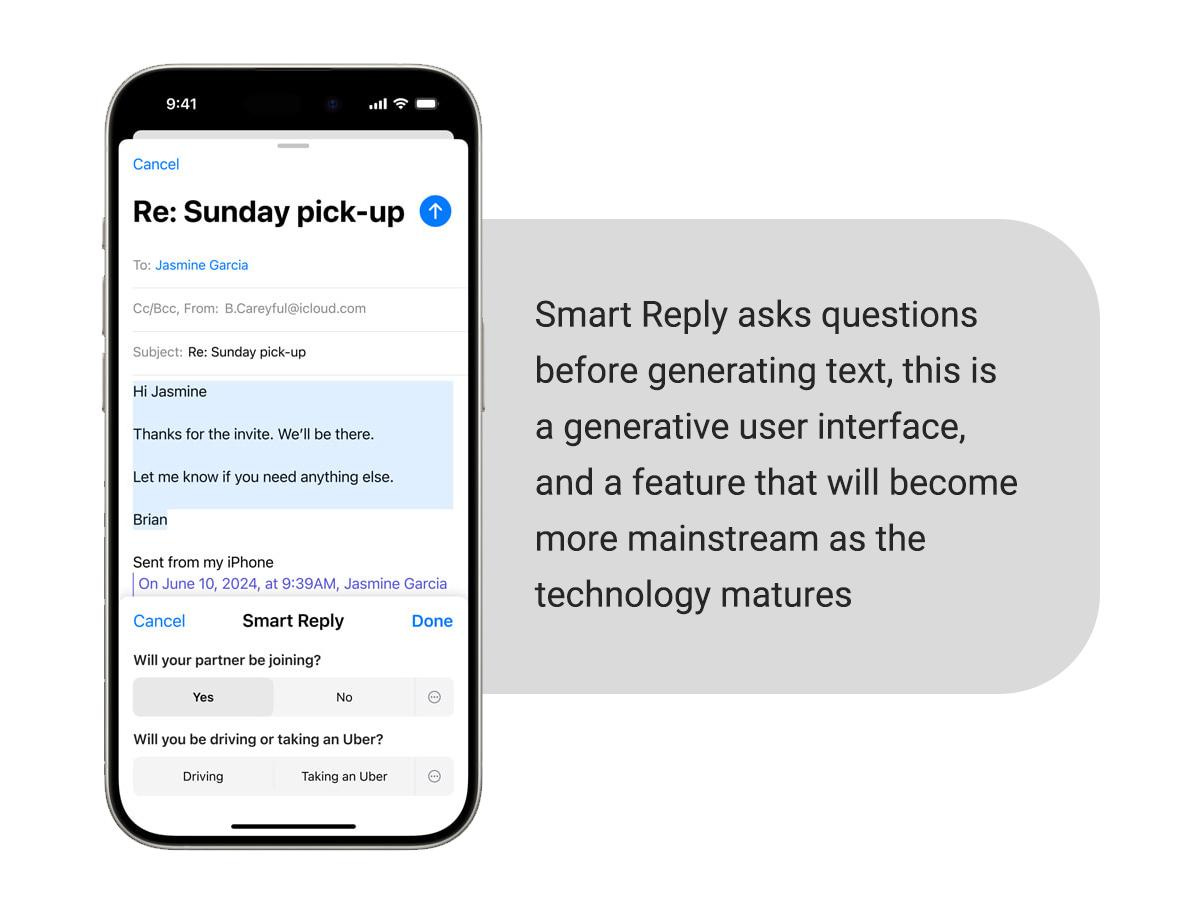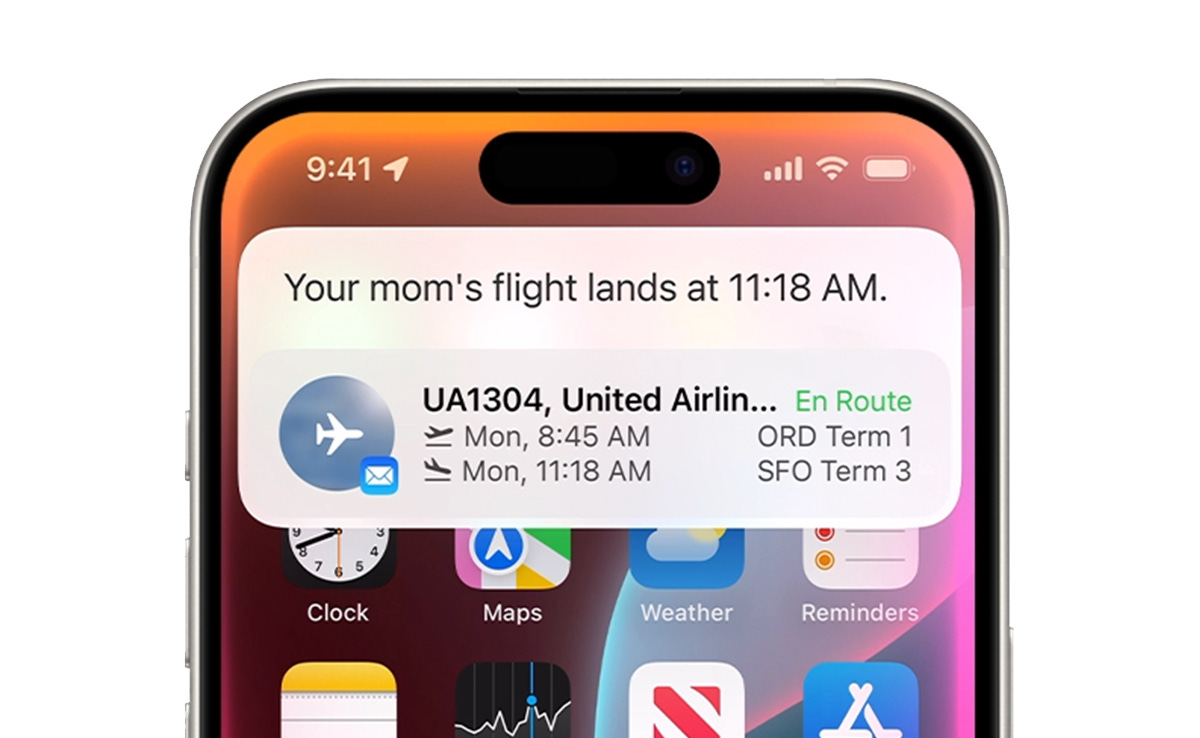AI Speaks to Dogs 🐕 Apple's All In 🍎 Miss AI 💃🏻
Your weekly dose of AI insights
This week, we deep dive into Apple’s annual showcase event, and just like the other tech giants, they’re all in on AI. Additionally, we explore interspecies communication and the first AI beauty pageant.
Let’s get into it!
👋 If you’re new here, welcome!
Subscribe to get your AI insights every Thursday.
Apple Intelligence: Apple’s All In
Apple's latest AI advancements, branded as Apple Intelligence, introduce new features across its devices. These include enhanced writing tools, improved notification management, creative tools, and significant upgrades to Siri, now integrated with OpenAI’s ChatGPT.
Apple appears hesitant to call their new features "AI," despite criticism of the proposed name "Apple Intelligence." While the abbreviation remains AI, the company seems to be avoiding the hype currently surrounding artificial intelligence.
Writing Tools: Apple introduced writing tools that assist users in crafting text with the right tone, summarising content quickly, and even using generated user interfaces based on the content.
Notification Management: The new priority notification system reads all of your texts and emails, summarises them and surfaces important alerts by recognising the content and context that they are in.
Creative Tools: Apple also showcased new tools to personalise your interaction with others. Image Playground is a feature that mimics your own image as the base. Genmoji creates unique emojis, while Image Wand turns your sketches into generated images.
Siri Enhancements: Siri now features ChatGPT; Siri can handle more complex tasks, offer step-by-step guidance, and act across apps by watching your screen.
Why This Matters
Smartphone upgrade ‘supercycle’
Apple’s new advanced AI features demand significant processing power, limiting their availability to the latest devices. Some see this as planned obsolesce, while others more familiar with the technology know the powerful hardware needed to run these on-device models.
“The core foundational models behind these experiences require a huge amount of compute”
- Apple’s senior VP of ML and AI strategy, John Giannandrea.
Either way, this could spark a huge revenue spike for Apple by forcing users to upgrade if they want the latest features. Apple’s share price shot up 6% on Tuesday.
Privacy concerns
While the new devices are powered with AI-optimised chips to run smaller AI models, the new system allows iPhones to offload complex AI tasks to secure cloud-based servers called "Private Cloud Compute".
Apple says it employs multiple safeguards when offloading data, including tamper-resistant hardware, secure boot processes, and encrypted requests.
But this hasn’t stopped critics from highlighting that any data passed to OpenAI will be subject to their data governance, which historically hasn’t been the best
Elon Musk even went so far as saying that he’ll ban Apple’s devices if OpenAI is integrated at the OS level.
All told, it’s still a significant step for Apple, which has so far been noticeably behind in the AI race. It’s a clear sign the $3.27 trillion company still needs to catch up by incorporating third-party software in the form of OpenAI’s offerings.
Elon Drops Lawsuit Against OpenAI
Elon Musk has withdrawn his lawsuit against OpenAI, a company he co-founded, alleging it deviated from its original mission of developing AI for the benefit of humanity rather than for profit.
Musk's legal challenge criticised OpenAI for its shift towards profitability, especially after releasing its flagship GPT-4 model. The lawsuit sought to compel OpenAI to make its research publicly available and prevent using its assets for financial gain.
The billionaire has come under fire in recent years for attempting to overly monetise X, formerly Twitter, and firing close to 8,000 of the social media platform’s employees.
Why It Matters
The withdrawal of Musk's lawsuit underscores the ongoing tension in the AI industry between open-source, non-profit initiatives and commercial interests.
The timing of his withdrawal is also interesting; it came a day after he intensely criticised Apple for using ChatGPT in their devices.
Move Over Autonomous Cars, We Have Driving Robots Now
This study, which demonstrates autonomous driving by musculoskeletal humanoids, details the design and implementation of both the hardware and software components of the humanoid system.
Key advancements include the humanoid's flexible body structure and sensor redundancy, which enhance its ability to perform complex driving tasks. The software leverages learning-based algorithms to generate and recognise motion, ensuring the humanoid can adapt to various driving scenarios.
Why It Matters
The humanoid successfully performed tasks such as steering and pedal operation, showing off a high level of precision and adaptability.
These experiments showcase the potential for humanoid robots to take on roles traditionally reserved for humans in driving.
Beyond autonomous driving, the technology developed in this study has the potential to revolutionise various fields. For instance, musculoskeletal humanoids could be used in healthcare for patient care and rehabilitation, in manufacturing for complex assembly tasks, or in disaster response for navigating hazardous environments.
The adaptability and learning capabilities of these robots make them suitable for any application requiring human-like interaction and decision-making.
AI Can Speak to Dogs Now
Researchers at the University of Michigan have successfully trained an AI model to interpret dog vocalizations with 70% accuracy. By analysing a diverse range of barks from 74 dogs, the AI could identify individual dogs, distinguish breed and gender, and even match barks to specific emotional contexts like playfulness or aggression.
Why it Matters:
The research opens possibilities for enhancing our understanding and communication with our canine friends. By deciphering the intricacies of dog barks, we glean insights into their emotions, intentions, and needs, leading to stronger and more fulfilling relationships.
This study also paves the way for future research into animal communication across various species, potentially deepening our understanding of the animal kingdom.
Miss AI: A Beauty Pageant for the Digital Age
The inaugural Miss AI pageant, featuring AI-generated models competing for a cash prize and brand partnerships, has captured the attention of the media and public.
These virtual contestants, showcased on social media platforms like Instagram, are judged on their appearance, messaging, and ability to engage audiences.
While some celebrate this innovative use of AI technology, others raise concerns about the perpetuation of harmful beauty standards and the authenticity of AI influencers.
Why It Matters
This event signifies a turning point in the influencer marketing industry, demonstrating the growing potential of AI-generated models to replace or complement human influencers.
It raises questions about the future of digital marketing, the ethics of creating and interacting with virtual personalities, and the potential impact on societal perceptions of beauty and authenticity.
OpenAI’s New Method to Interpret the 'Black Box' of AI
OpenAI has developed a new method, using sparse autoencoders, to better understand the inner workings of large language models like GPT-4.
This technique identifies interpretable "features" or patterns within the model's neural activity, offering insights into how these complex AI systems process and understand information.
Researchers were able to identify a staggering 16 million features in GPT-4, some of which were surprisingly human-interpretable, such as "human imperfection", "price increases", and even "algebraic rings".
Why It Matters
This research is a step towards demystifying the often-described "black box" of AI by understanding how AI models process information. Researchers can improve their performance, enhance safety measures, and potentially uncover new applications.
These interpretable features could be used to monitor and steer AI behaviour, making them more reliable and trustworthy. This can accelerate progress in AI research and development, ultimately leading to more sophisticated and beneficial AI systems.
That’s a Wrap!
If you want to chat about what I wrote, you can reach me through LinkedIn.
Or give my editor a bell through his LinkedIn here.
If you liked it, give it a share!












